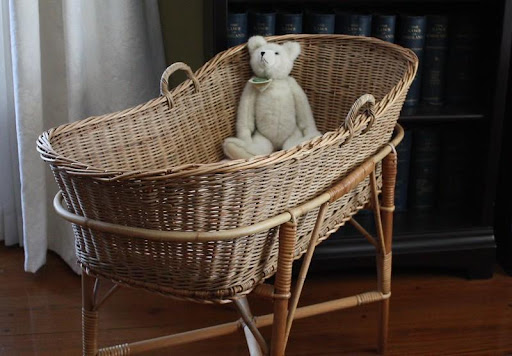Rattan furniture is one of the hottest trends in both indoor and outdoor home décor these days. It can fit different styles, such as trendy, traditional, beachy, boho, modern, or minimalist.
Rattan is also a very famous sustainable, hard-wearing material. However, while it’s very resilient, basic routine cleaning and maintenance of your routine furniture is a must. Otherwise, it’ll end up breaking and looking dull and outdated. Here are some helpful tips on how to keep your rattan furniture in good shape in the long run.
Table of Contents
Clean Gently
Whether you’re wiping, dusting, or washing your rattan furniture, always do it with gentle care. For tackling stubborn stains and grimes, use soft-bristled brushes or soft clothes to protect the rattan’s surface from wear. Only resort to neat bleach if brushing or wiping with soapy water doesn’t work at all.
If you want to polish your rattan furniture, only do it sparingly. More importantly, remember not to use paint thinners and abrasive creams, especially in rattan furniture typically used by your kids, such as a rattan bassinet. They don’t only cause wear and tear but also health risks.
Dust Regularly
Rattan furniture is very likely to get dusty. Hence, it’s recommended to dust it routinely to keep it in good condition. To remove loose residual dust and dirt from rattan furniture quickly, use a vacuum cleaner with a small brush attachment.
Alternatively, use dry, non-abrasive brushes with a medium bristle, such as nail brushes, toothbrushes, or toothbrushes. They’re handy for hard-to-reach areas, like the crevices and grooves in the weave.
Wash Occasionally
Rattan is a dried plant fiber, so it tends to distort or break easily when left wet. However, an occasional quick clean on it works wonders. In fact, washing it is an effective way to get rid of any trapped dirt, dust, and other grime stuck in the furniture’s woven panels and crevices.
When washing, avoid submerging the soft brush and cloth in the water. Instead, skim some soap suds or bubbles off the top of the furniture to avoid oversaturation. Only use soap and water solutions or mild dishwashing detergent as well.
Jet-washing your rattan furniture is also fine. However, remember to do it with a low-pressure attachment and on a low setting. Stay at least six inches away from the furniture when spraying to avoid snapping the rattan threads.
Treat Infestation Immediately
Rattan has a high starch content, making it particularly liable to infestation by insects, molds, and mildew. Specifically, bugs can leave pinholes or wormholes in your furniture, while molds and mildew can cause stains that can result in discoloration of your furniture.
A one-part vinegar to four-part water solution is the most natural way to prevent and eliminate bugs, molds, and mildew on your rattan furniture. If its smell worries you, opt for essential oils or burn citronella to deter pests and use strong bleach for the mold and mildew stains.
Apply Moisturizers
Over the years, rattan furniture can have splits and cracks since the material can be naturally dry. The good news is that it can still be saved. Applying boiled linseed oil on your rattan furniture once a year can moisturize the core of the strands, restoring dry, cracked, or split parts.
Use a large paintbrush to apply the boiled linseed oil. Put as much oil as the rattan will absorb. When it can’t absorb more oil, clean it with a soft rag. Be sure to leave it dry or harden before using the furniture again.
Another moisturizer you can use is lemon oil. It’s an all-in-one solution since it can clean, moisturize, add another layer of protection, and even enhance the shine of your rattan furniture. To apply, still use a soft rag and wipe it over your furniture.
Find The Best Spot
It’s recommended to place your rattan furniture in a place that’s not too dry or wet. Since the material is a natural plant fiber, it still needs a specific humidity level. However, the place shouldn’t be overly damp since it attracts mold or mildew.
If you place your rattan furniture outdoors, keep it out of direct sunlight to prevent warping or drying out the furniture. If indoors, keep it away from an indoor fireplace and heat ducts. If you’re in an arid area, use a humidifier to add moisture to the air. However, don’t expose your rattan furniture to rain. Extreme humidity, especially without ample lighting, can attract mold or mildew, causing mustiness on your furniture.
Final Thoughts
Maintenance and routine cleaning will keep your rattan furniture fresh and long-lasting. Be sure to dust it off with a vacuum or brush at least once a week to keep grimes at bay. Lastly, only do a full clean routine and lacquer application for added protection once a year.



















